
I am curious and may ask a lot of questions. I need your help to LEARN NEW THINGS.
I might like a food one day, but not the next. It’s okay if I eat a lot sometimes, and not very much at other times. Some days I may be hungrier than other days; this is normal. I will eat when I am hungry.
I may be cautious about eating new foods. I might need to see a food 10 or more times before I learn to like it. Please keep offering it, but don’t force me to eat.

As I continue to grow, I continue to learn about new foods. I’m trying new tastes and textures. My foods will change as I learn.
For me, the amounts are still small. I may be eating more whole foods that are soft, cut up, or foods I can pick up by myself.
My appetite can change from day to day. Don’t worry if I eat more one day and less the next. Keep offering me new foods and add on to favorites I enjoy. We’ll learn together. Eating together should be enjoyable for both of us.
Offer meals and snacks about every 2-3 hours, including something before bedtime.
Create a satisfying meal or snack by offering me a few different foods at eating times.
I eat small portions. A serving is about 2-3 tablespoons or a quarter slice of bread. Let me eat until I show you I am full.
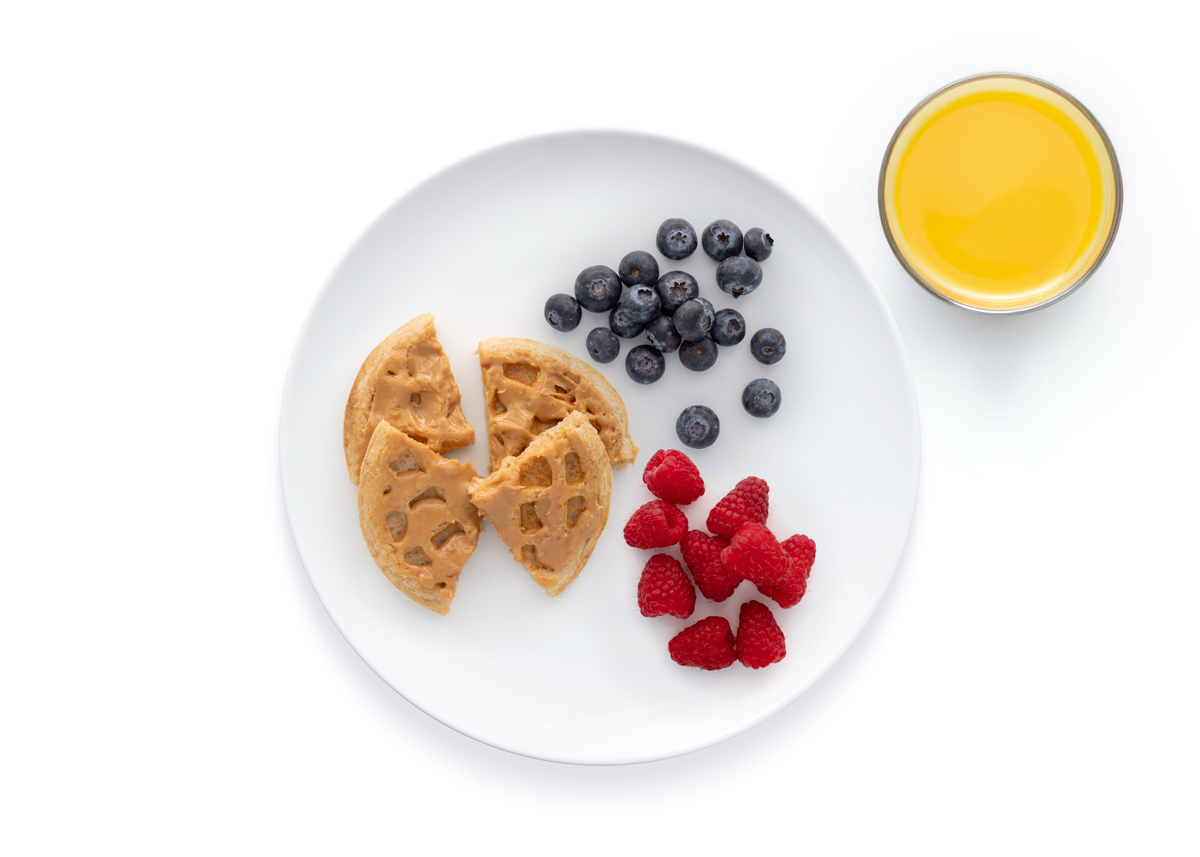


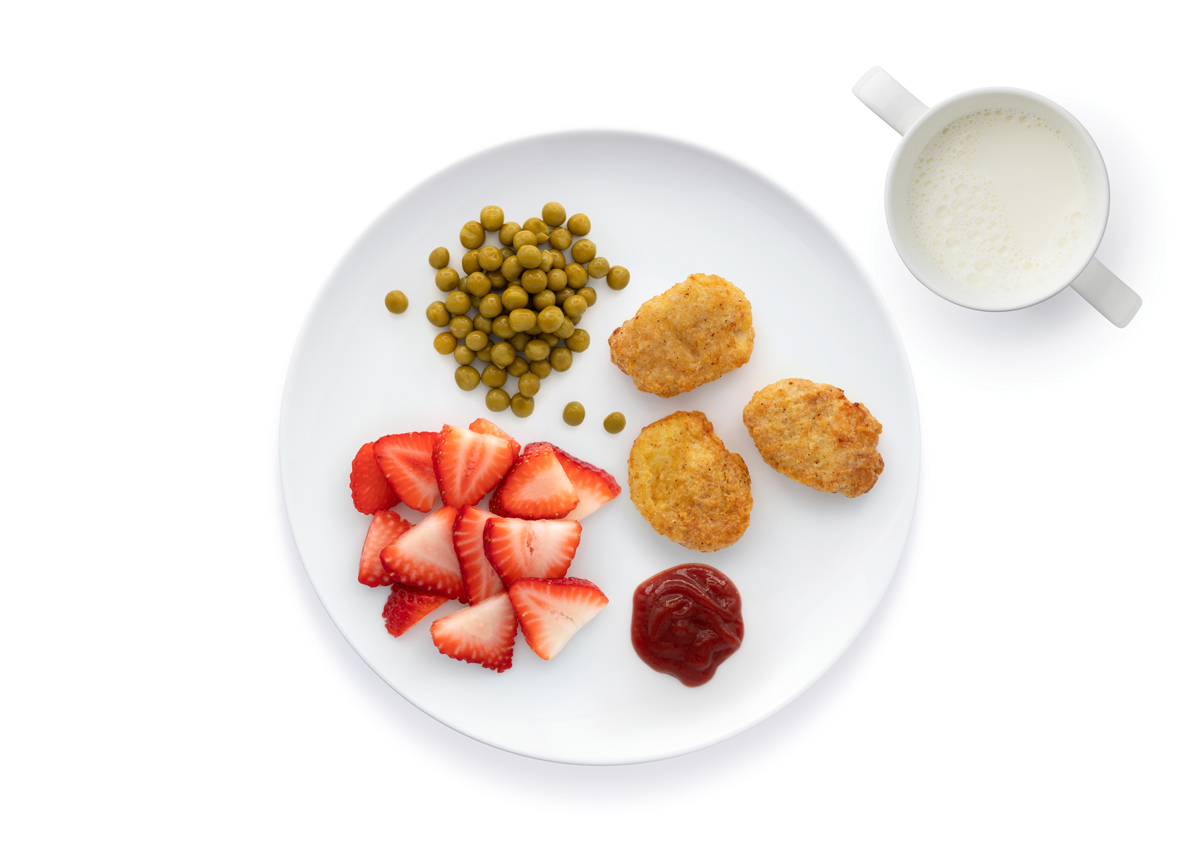
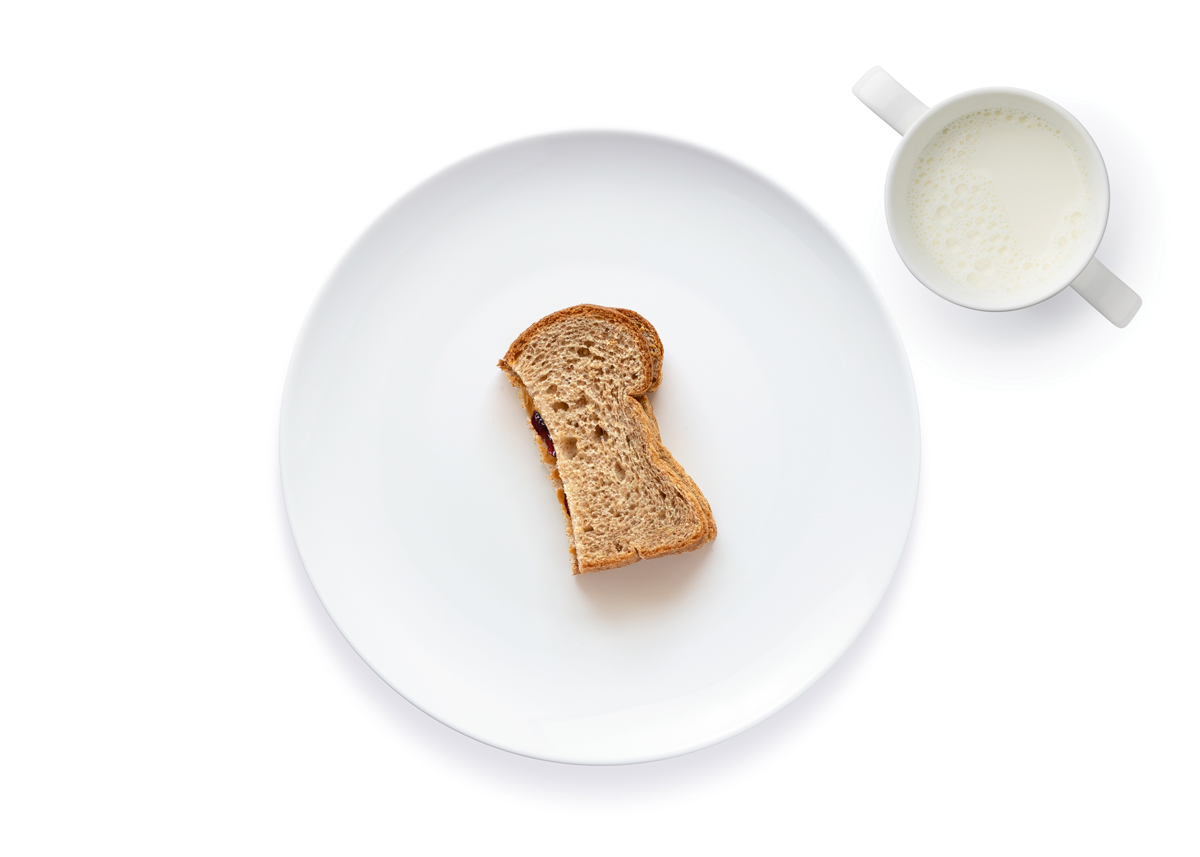
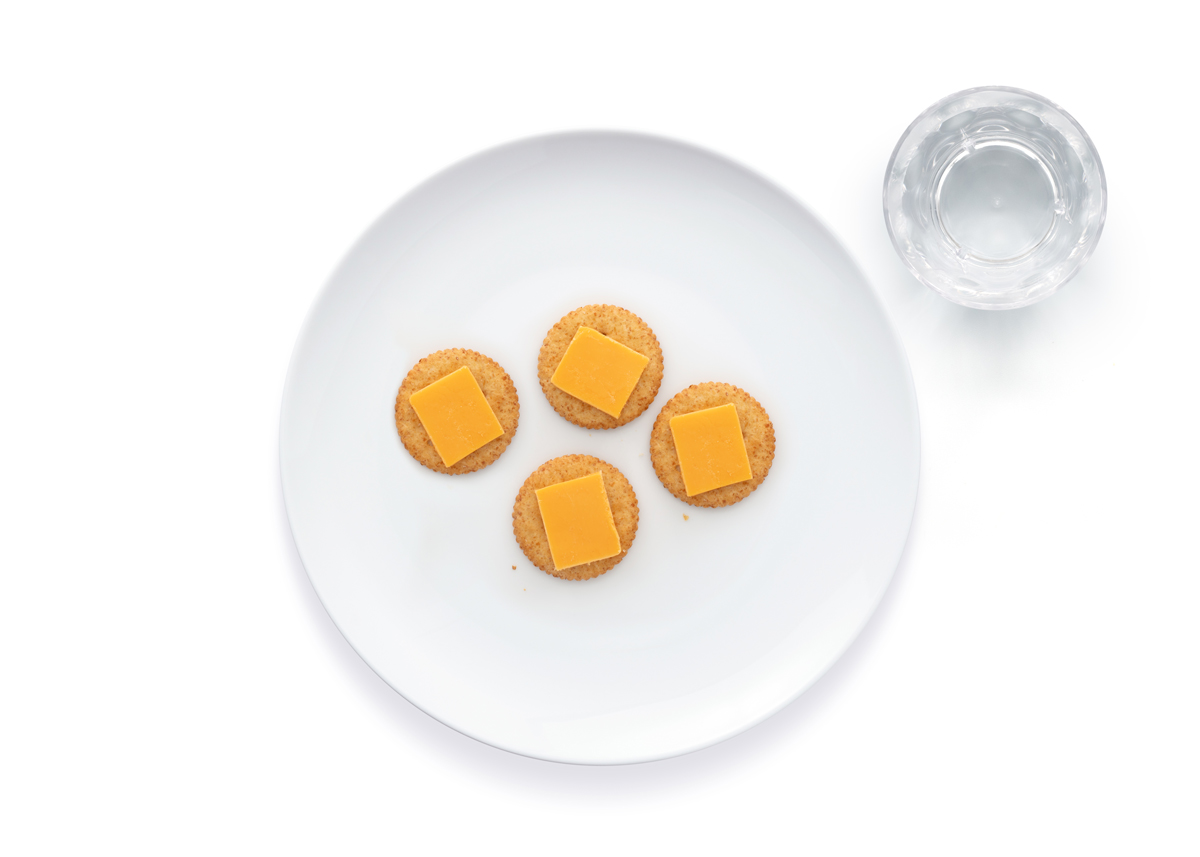
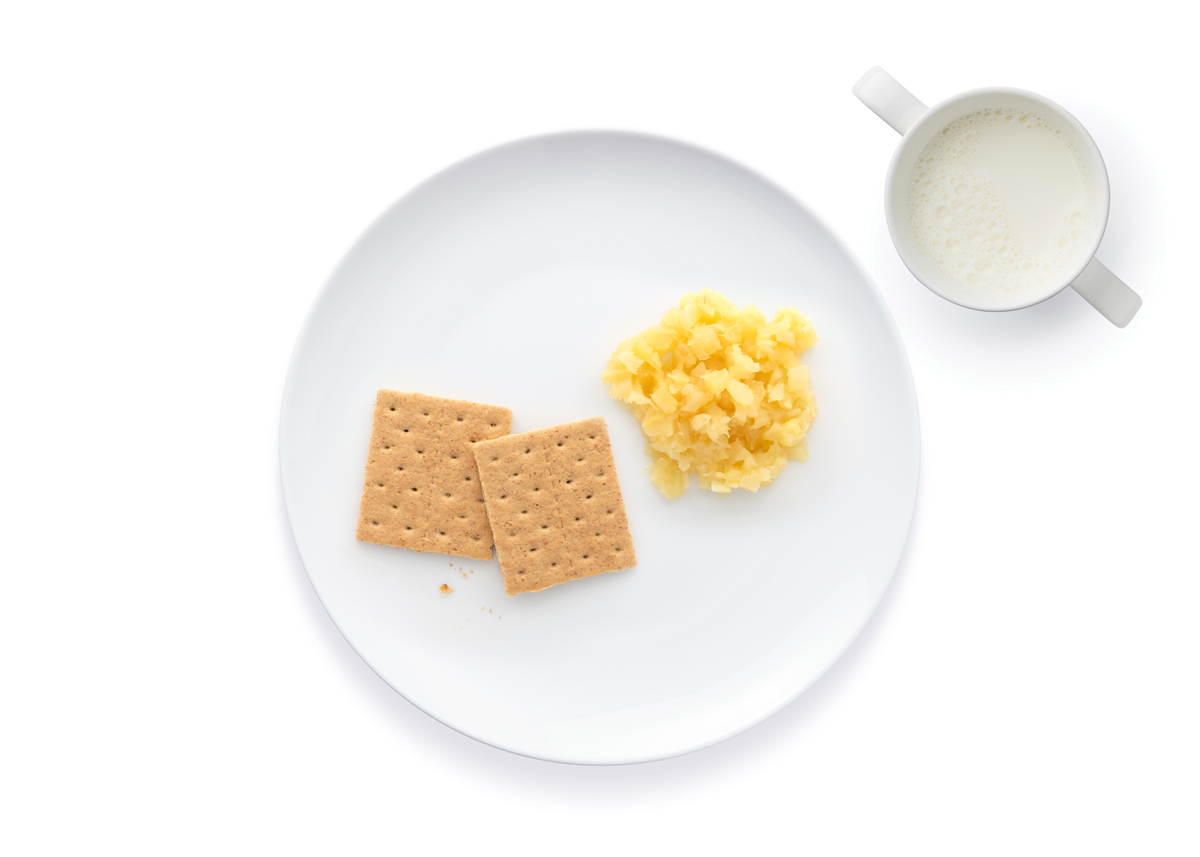

Offer snacks between meals. They help tide me over between meals. Plan for two during the day and one before bed.


A serving at my age is about 2-3 tablespoons of a food. Offer 3-5 food items at a meal and build from there. Let me eat until I show signs I’m full. I might close my lips, turn or shake my head, or raise my arm. Let me stop eating and get down when I’m done.
My eating might vary from day-to-day. Don’t worry, that’s normal for me.
These are examples of foods that are in each food group. I may eat more or less than the amount of each food shown.
Cereal


Pasta
Tortilla


Rice
Bread


Crackers
Bite-sized pieces.
Examples: whole grain bread, white bread, tortillas, rice, noodles, cereals, crackers, pancakes, French toast, muffins, bagels, dry or cooked cereal.
Offer a variety throughout the week based on culture, family traditions, and budget.
Green beans


Carrots
Beets


Broccoli
Sweet Potato


Cauliflower
Bell peppers

Cooked and mashed, sliced, or chopped veggies.
Examples: beets slices, broccoli, cauliflower, yams, potatoes, carrots, green beans.
Offer a variety throughout the week based on culture, family traditions, and budget.
Kiwi


Plum
Nectarine


Blueberries
Apples


Watermelon
Avocado

Mashed, sliced, chopped, canned, or soft fresh fruit.
Examples: applesauce, apple wedges, bigger chunks of banana, pear slices, canned peaches, kiwi, strawberries, cantaloupe, honeydew.
Offer a variety throughout the week based on culture, family traditions, and budget.
Breastmilk


Yogurt
Sliced Cheese


Milk
Cottage cheese


String cheese
Examples: whole milk, or low-fat or fat-free milk, yogurt, cheese, cottage cheese.
Offer a variety throughout the week based on culture, family traditions, and budget.
Peanut Butter


Tuna
Beans


Eggs
Tofu


Beef
Chicken

Examples: soft cooked pieces, mashed beans or peas, eggs, peanut butter, cut up hamburger, tofu, and cooked, chopped meat, poultry, or fish.
Offer a variety throughout the week based on culture, family traditions, and budget.
Cupcake


Pudding
Cookie


Ice Cream
Brownie

Offer 1 serving of dessert at the same time as the rest of the meal and allow your child to pick when to eat it at the beginning, middle, or end of the meal.
Offer cookies and other desserts as a snack on occasion. You can offer it with milk if you want.
Offer a variety throughout the week based on culture, family traditions, and budget.
Butter


Cream cheese
Ranch dressing

 Gravy
Gravy
Children need some fat to grow, provide energy, and make food taste good.
Examples: butter, sour cream, cream cheese, ranch dressing, other sauces, gravy.
Quesadilla with guacamole


Pizza
Mac n’ Cheese


Lasagna
Burrito


Sandwich
Some foods are a combination of food groups and make for a tasty meal.
Examples: pizza, casseroles, soup, mac n’ cheese, spaghetti, lasagna, burritos, quesadillas, soft tacos, hamburgers.
As I continue to grow, I continue to learn about new foods. I’m trying new tastes and textures. My foods will change as I learn.
For me, the amounts are still small. I may be eating more whole foods that are soft, cut up, or foods I can pick up by myself.
I need simple rules. Limit my screen time to one hour or less a day. Set limits on when, where, and how often we have screen time. Talk about what I’m learning as we watch together, and keep me safe from what I shouldn’t see. Let’s focus on each other during meals and snacks, not a screen.
Keep me away from smoke, matches, lighters, and vaping tools. I can be poisoned by swallowing, breathing, or absorbing e-cigarette liquid through my skin or eyes.
Buckle me into my child safety seat when I ride in a car.
If you own a gun, please keep it locked in a safe place.
Even on cloudy days, UV rays can still cause burns, so protect me then too. If you have questions about my skin or sunscreen, ask my doctor.
Install this web app on your iPhone: tap ![]() and then Add to Home Screen.
and then Add to Home Screen.
Cross-Cradle Hold
This hold is useful when:
Clutch or “Football” Hold
This hold is useful when:
Cradle Hold
This hold is useful when:
This hold is useful when: